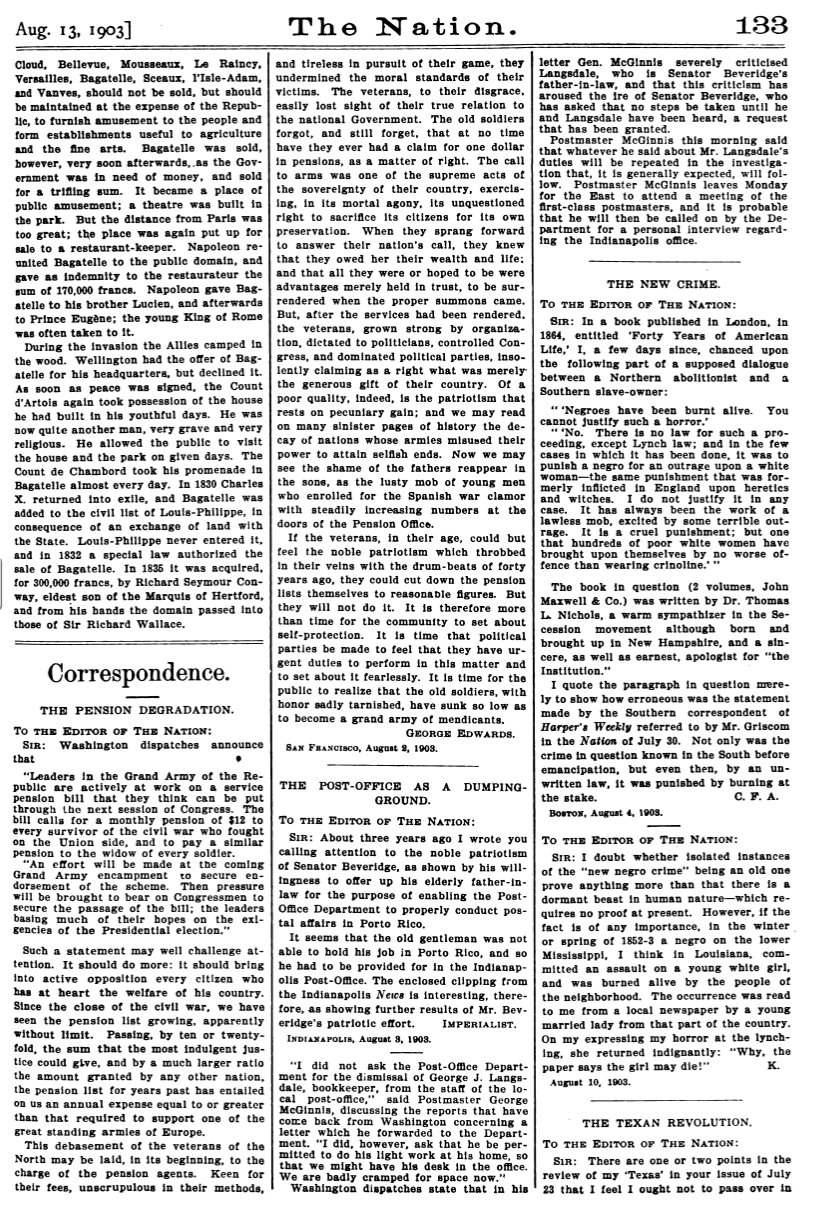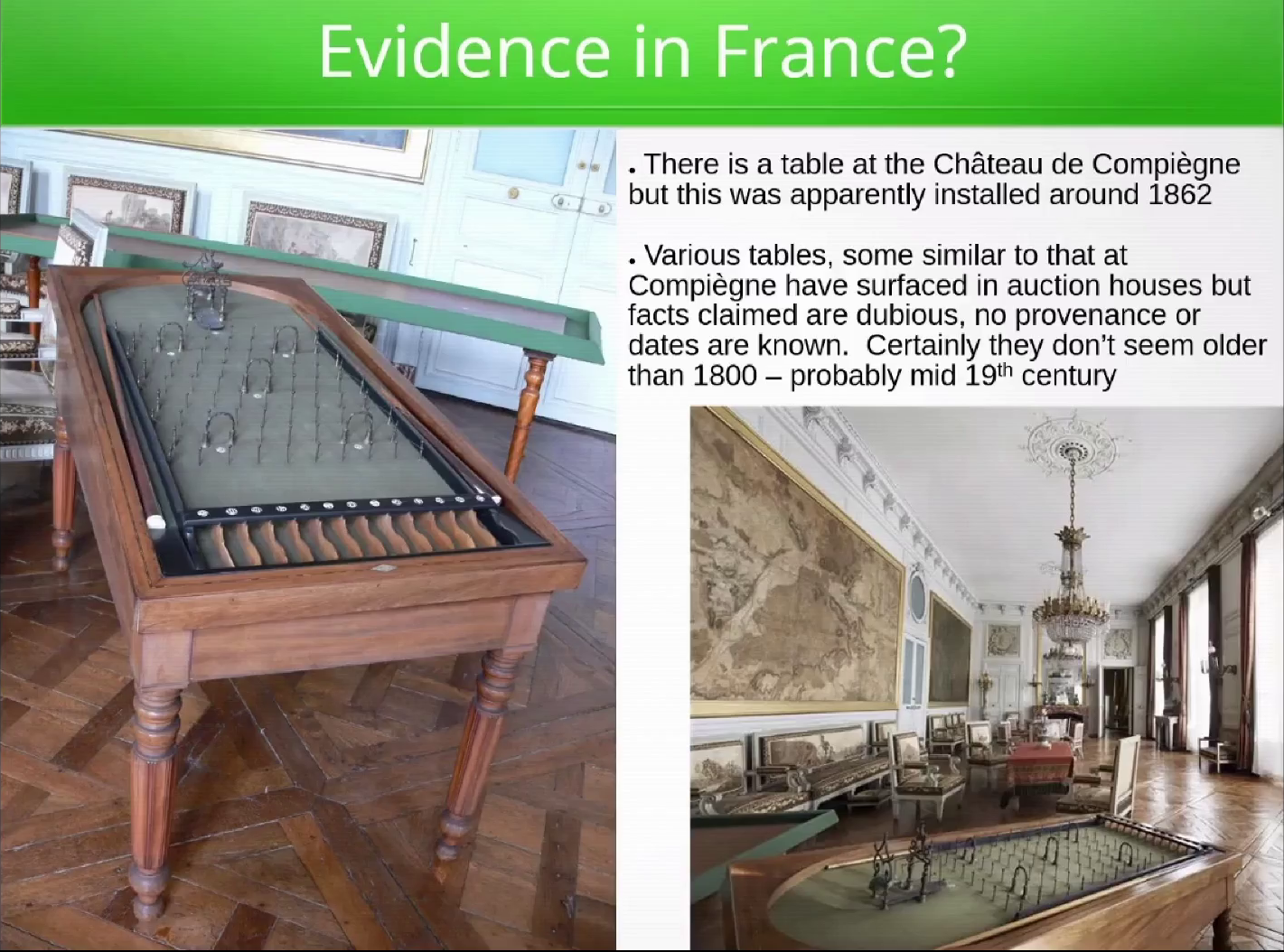I'm sure you all read about it already over on nazox2016's blog, so it's probably a good time to announce it here as well.
All throughout 2022 I have been working to build a list of all of the Japanese eremeka games. What started with an obsession for electromechanical oddities and candystore skill games has spiraled out of control to document a good chunk of Japanese arcade history.
The history of videogames is meticulously documented by an overwhelming army of historians, but I was unable to find a list online of Japanese electromechanical arcade games, let alone a pictures of most of them. I wanted a list that showed...
- a game's name (English and Japanese)
- the year it appeared
- who made it
- a decent photo
That's it. So here it is:
a foreigners' guide to eremeka arcades - 外国人のためのエレメカアーケードゲームガイド
The bulk of information I used came from Onitama, kt2, nazox2016, and the good people of Gaming Alexandria. There is a much longer list of sources on the page itself.
This is a work in progress and there is still so much to do, but I decided that once I hit 2000 machines documented I would do a "soft launch". Scroll down to the heading Current Machine List and you will find a text-only version of every machine documented. This is very useful for just hitting CTRL+F on to find something. The photo pages are (currently) split into 6 8 different sections:
- machines before 1970 // 1970年以前の機械
- machines from 1970-1974 // 1970〜1974年の機械
- machines from 1975-1979 // 1975〜1979年の機械
- machines from 1980-1989 // 1980〜1989年の機械
- machines from 1990-1999 // 1990〜1989年の機械
- machines from 2000 and after // 2000年以降の機械
- machines without any year (please help us find any year references!) // 年のないマシン(年の参照を見つけるのを手伝ってください!)
- machines with no picture // 写真のないマシン
I still have a lot of material to sift through. It is an arduous process and I don't want to disclose just how many hours I've poured into this already, but trust me: it's a lot. When I finish processing the bulk of the materials remaining, I will probably begin tagging all of the machines so that I can generate pages of specific styles of game.
I hope one day someone from Japan decides to make a site like IPDB.org or similar, but for the Japanese games. I would be able to offer them my data and research for integration. Until then, this project is the current best hope for documenting these kinds of machines.
There are currently over 2200 machines listed (2023-05-02 update: almost 3500 machines!). My passion is for the 1970s and earlier, but the materials for machines before 1974 can be extremely sparse and difficult to come across. Most of the work going forward will be for machines from the 1980s onward, as that is the bulk of the remaining research materials.
On a project like this I have had to set myself some limits, or else I would end up documenting every single Japanese arcade machines ever made. Maybe someone else will do that, but the thrust of this project is to document all of the machines that I have some interest in, based on flexible criteria that I apply unevenly.
I am including all of the electromechanical medal games, but not all of the modern medal games. Why? Most modern medal games are a video slot machine. I only care about games that have a physical component, and I don't want to consider "dispensing medals" as a physical component here. There are many large games like horse racing simulators that I am not including, but I am including some modern horse race games that actually have physical horses moving around the track, even though the action itself is all electronically controlled.
I am not including carnival games where you pick up balls and throw them in buckets or baskets. These came out of the redemption arcades of the 80s and don't interest me. But I have included some air hockey tables, as they appeared in the electromechanical arcades of the early 70s.
I am not including horoscope and modern novelty machines like photo gimmicks, but I am including old electromechanical ones. I'm not including most novelty prize games, like string cutters and UFO catchers, but I am including crane games from the 60s and 70s, and their evolutions into the modern age. I am also including crane games that have novel physical adaptations that interest me, but that's mostly arbitrary. Rotary merchandisers go back to the 1920s, and more modern versions certainly have a place on my list. What I'm saying is: it's not a perfect system, but if I can't defend the inclusion or exclusion of something specific, just assume it's because I was exhausted. :)
One way to think about it: once we hit the IC age (Integrated circuits) my interest diminishes. If something is from before 1974? My interest piques.
What are you still doing reading this? Go look at some cool eremeka machines instead.

















































